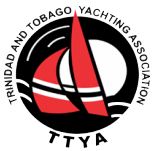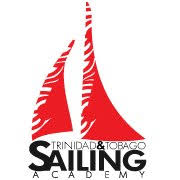TTSA Minimum Safety Requirements
The following minimum safety requirements have been drawn up by the CSA and are recommended for the Caribbean Regattas as they are currently sailed. They are not recommended for any offshore races that may be planned. They are not necessarily applicable to the regatta simply by virtue of the fact that the CSA handicap is being used. Reference to their applicability must be made in the sailing instructions.
These requirements are minimum standards and shall not supersede nor modify any of ISAF Racing Rules of Sailing or other requirements as set forth in the Notice of Regatta or Sailing Instructions.
- Softwood plugs, or other suitable materials, tapered to fit into all thru hull fittings.
- Lifelines and bow and stern pulpits, or lifelines secured in such a way as to form a stern pulpit, of not less than 18″ in height, except lifelines may be split at the bow to facilitate sheeting. Lifelines shall be taut with not more than seven feet between supports, taut being defined as no apparent sag between supports. Lifelines shall be attached securely and in such a way that no part of the system is elastic in nature.
- Fire extinguisher, charged and in date, accessible from the deck.
- Two buckets, of not less than two gallons capacity, fitted with lanyards of suitable strength and length.
- One anchor with chain of suitable size for the boat’s length and displacement with a suitable rode of at least 150 feet in length. No part of the anchor shall overhang the ends of the boat while racing.
- A First Aid kit suitable for rendering First Aid treatment in minor emergencies.
- Charts covering the area to be raced.
- Lifejackets constructed to an accepted standard, for each person on board with a whistle attached. Lifejackets shall be of a suitable size for the intended wearer and be readily accessible.
- One life ring capable of supporting the largest member of the crew in the water and positioned above deck such that it is immediately available for use in an emergency.
- Heaving line at least 50 feet in length, capable of floating, positioned above deck such that it is immediately available for use in an emergency.
- Four red hand flares and two orange smoke flares.
- VHF radio capable of transmitting and receiving on emergency and race committee channels.
- A compass suitable for navigation.
- A shutoff valve, in working order, shall be fitted to each fuel tank.
- Hatches, companionways, and ports shall be capable of being made watertight while racing.
- Cockpits to be self-bailing and fitted with adequate drains.
- Sufficient water shall be carried on board so that at the finish of a race there remains at least one pint per person



